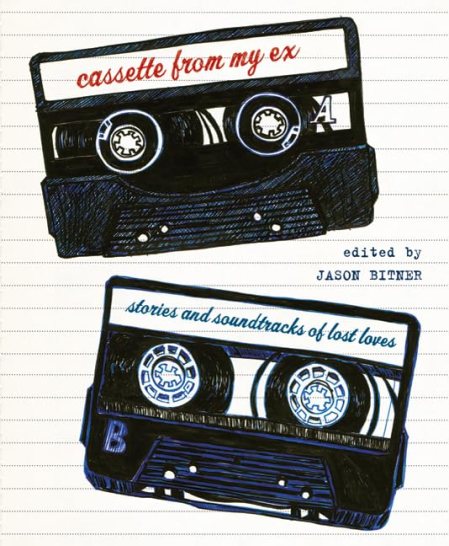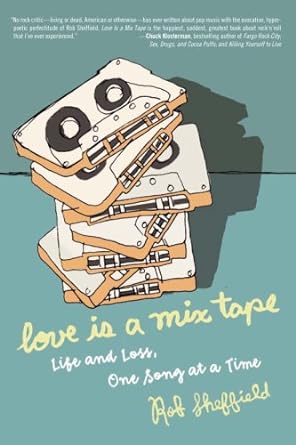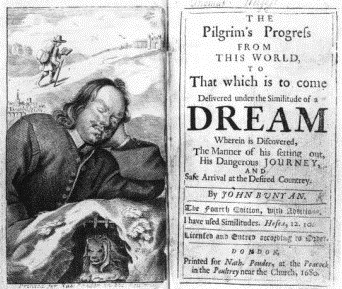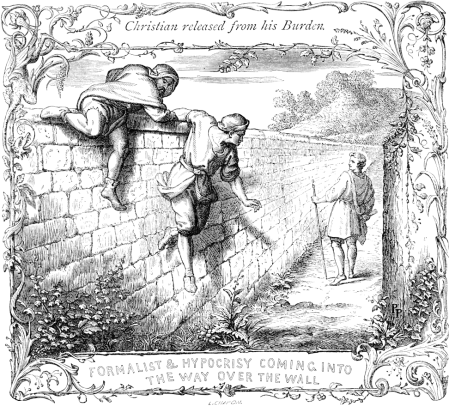
There is a documentary, In Restless Dreams: The Music of Paul Simon, from 2023 directed by Alex Gibney. It is on Apple TV+. It is in two parts and cover a lot (not all) his career.
We find him at 82 working on his 15th solo album, Seven Psalms, and reflecting on his career. That album came to him in a dream. A restless dream? Perhaps, though that title comes from his “Sounds of Silence.” The new album will not remind you of those early Simon and Garfunkel albums. That shouldn’t surprise anyone, since Paul has always been moving forward.
I remember an English teacher presenting some of the lyrics as poetry in class. I was 13. I bought a cheap acoustic guitar and started learning the songs. I started writing poems. I never got good enough to play his instrumental “Anji” but I could pick out “Kathy’s Song” in my bedroom for a Kathy in my life. So, Paul and I go back a long way.
The documentary goes back to his upbringing in Queens, N.Y., his short-lived marriage to Carrie Fisher, rare footage of the recording of “Bridge Over Troubled Water,” the making of 1969’s “Songs of America,” and video from 1991’s Central Park concert.
At 14, I wrote a “script” and wanted to make a film using “Sounds of Silence” as the soundtrack. This was a long time before music videos and MTV.
Each of their albums takes me back to a very clear time in my life – much more so than almost any of the hundreds of albums I bought including my beloved Beatles.

The title song won Grammy Awards in 1971 for Song of the Year and Record of the Year. The other ten tracks included one of my favorites by them, “The Boxer
.” I love their music and I like a lot of that album, but I remember buying the album when it came out (January 1970) and having a mixed reaction to it.
“Bridge Over Troubled Water” was a long song (almost five minutes) to be a hit single, but it was played endlessly on top 40 AM radio for six weeks until it got knocked out by a similarly long and lush Beatles‘ “Let it Be
.” I thought both of those tracks – classics now – were too lush, too pop, not enough rock or folk respectively. Of course, Paul and Artie are the most successful folk-rock duo of the 1960s. Bridge Over Troubled Water sold over 25 million copies worldwide and was one of the biggest-selling albums of its decade, topping the charts for ten weeks and containing four hit singles (the title track, “The Boxer,” “Cecilia
,” and “El Condor Pasa
“).
That was a rough year for me and looking back on it now I realize that the music added to that downer feeling. Bridge was the fifth and final studio album by Simon and Garfunkel as they were in the process of splitting for a second time. The Beatles were also splitting up.
The track I listened to a lot that year was “The Only Living Boy in New York.” It seemed really sad. Half of the time we’re gone
But we don’t know where
And we don’t know where
I did learn that Paul Simon wrote it to Art Garfunkel because this was a time when when Garfunkel, was trying out an acting career. He left for Mexico to act in the film Catch-22. Simon, the boy alone in NYC, continued to write songs for the album and probably felt like a solo act already. In the song, Artie is “Tom”, a reference to their early days when they were billed as “Tom and Jerry.”

I went back to an earlier album. My favorite one of theirs – Bookends – came out in 1968. That year was worse than 1970. It was the year my father died after a long illness. There was turmoil in America – Vietnam – and in my own life. I was thinking about the possibility of being drafted and going to Vietnam. My year was the last draft lottery year. “We’ve all come to look for America…” they sang on the beautiful track “America
” where Kathy shows up on a bus on the New Jersey Turnpike that I knew very well. My Kathy was gone. The weight of taking care of my mom and sister and being “the man of the house” at 15 was on me. I wanted to go away to college, but could I? Responsibilities. If I was going, I would have to earn the money myself. My mom didn’t have any money for college. She told me that if I was drafted, she would support me leaving and going to Canada.
One side of Bookends is a “concept album” on aging. Side one is great. It’s their Sergeant Pepper or Pet Sounds.
“Old Friends” is a sad song.
Can you imagine us years from today
Sharing a park bench quietly?
How terribly strange to be 70
I couldn’t imagine it then. I can easily see it now.
The “Bookends Theme” opens and closes the album side.
Preserve your memories.
They’re all that’s left you.
Side two is made up of songs written for The Graduate soundtrack but not used and a few leftover tracks. It’s rockier than side one of most of their previous work. The 1967 film The Graduate
is one of my favorite movies and at that time in my life it was definitely my favorite movie.
Side two consists of miscellaneous unrelated songs unused for The Graduate, with many possessing a more rock-based sound than the unified folk songs that precede it. “Fakin’ It” rocks along but the lyrics are about being a phony. “Punky’s Dilemma” is light, jazzy and silly and is my favorite song on the side. Of course, “Mrs. Robinson” was the big hit. It’s not the version used in The Graduate. It’s the first rock and roll song to win Record of the Year at the Grammy Awards in 1969 and it also was Best Contemporary Pop Performance by a Duo or Group. “A Hazy Shade of Winter” is another pop-rocker that The Bangles would cover in the 1980s. But I can imagine the lyrics beinga folkier, sadder song on side one.
Hang on to your hopes, my friend
That’s an easy thing to say
But if your hopes should pass away
Simply pretend that you can build them again
And I can imagine a version of “At the Zoo” in the zoo scene from The Graduate.
The song “Overs” on side one was another leftover track from The Graduate sessions but it fit thematically with the arc of aging on side one. The same is true of “Save the Life of My Child.” Simon explained that “Overs” is a companion piece to their earlier composition, “For Emily, Whenever I May Find Her.” The earlier song is about believing in true love, while “Overs” is about the loss of that belief. In the film, it would fit as a song about the loveless marriage of Mr. and Mrs. Robin and with Simon. son.
Those albums helped me bridge some troubled times in my life. I will listen to these albums until I die. I have aged with them and with Paul Simon. He has a decade on me, so his concerns will always point to where I am going.
Time it was and what a time it was, it was
A time of innocence
A time of confidences
Long ago, it must be
I have a photograph…
Preserve your memories
They’re all that’s left you








